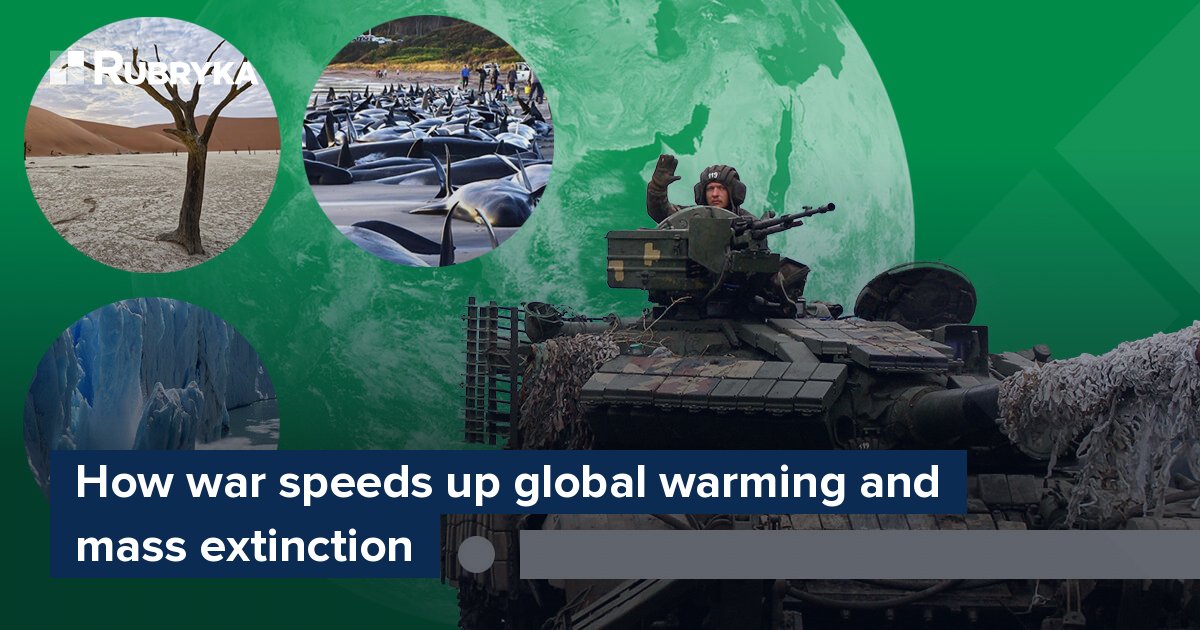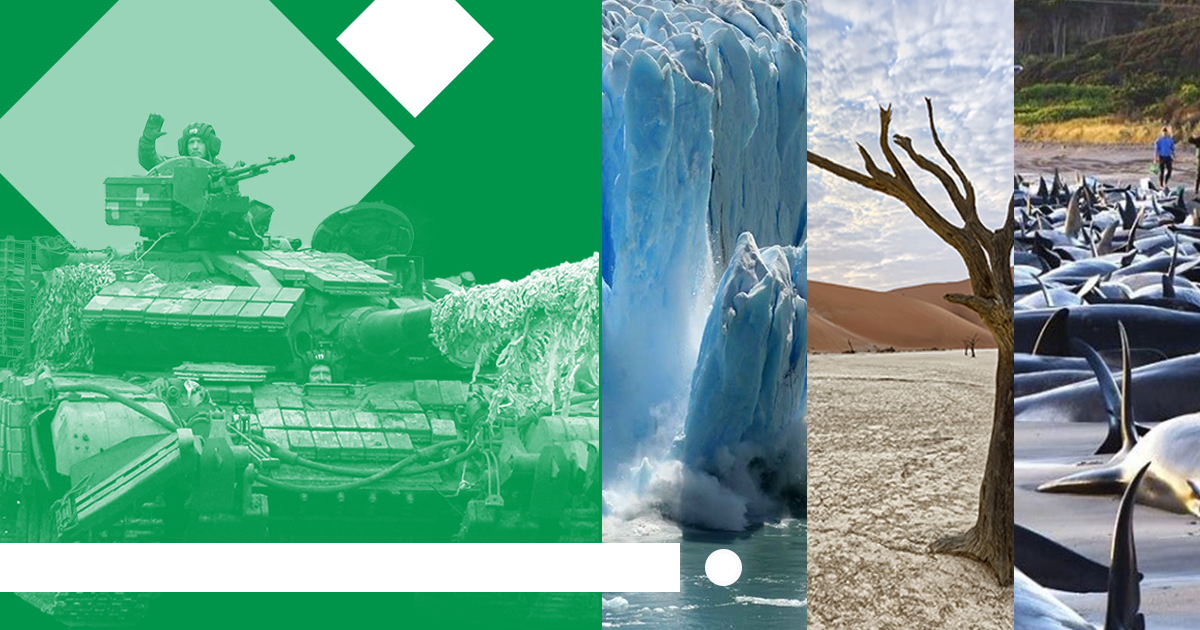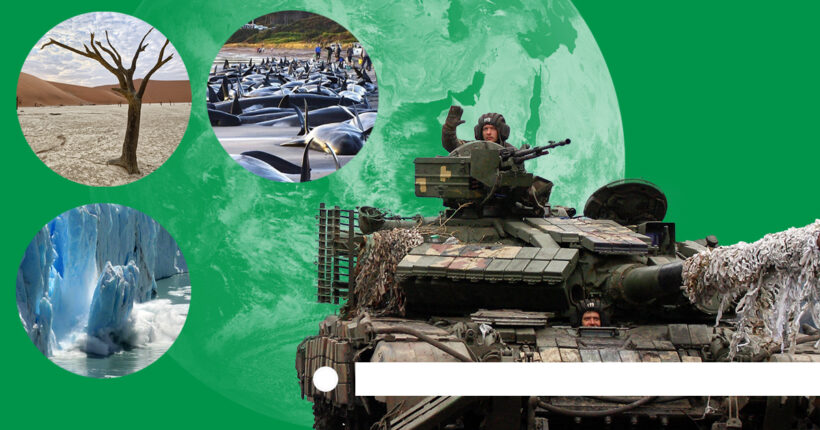
What is the problem?
In the scientific journal frontiers, a study was published with loud statements about the global ecological catastrophe that awaits us in this century. A group of 17 of the planet's leading scientists summarized today's state of flora and fauna to convey to politicians the seriousness of the catastrophic situation for the future of the earth and humanity.
"Most people cannot realize the scale of the disaster and that they will suffer from the consequences of the destruction of the environment. The scale of the threats to the biosphere and all its lifeforms—including humanity—is, in fact, so great that it is difficult to grasp for even well-informed experts. The problem is exacerbated by ignorance and vested interests," says the lead author of the study, Professor Corey Bradshaw from Flinders University in Australia.
The authors of the scientific article summarized the forecasts regarding the deterioration of human health and a significant decrease in diversity, climate change, threats of mass migration, and competition for resources already in this century.
We carefully analyzed the studies and decided to compare these data with the environmental impact of the war waged by russia against Ukraine.
Decrease in biodiversity = beginning of mass extinction?
Research published in the journal frontiers says about 70% of our planet's surface has been disturbed and changed by man. Since the beginning of agriculture about 11,000 years ago, the biomass of terrestrial vegetation has halved, and 20% of its original diversity has been lost forever. Another 20% of all species are threatened with extinction within the next few decades.

An infographic showing the percentage of biodiversity of different animals and ecosystems that have been destroyed or damaged by humans (in red) and the intact proportion (in blue) according to the "baseline," that is, what it should be without human intervention. Source frontiers.
❗️Such data indicate the beginning of mass extinction; this conclusion is stated in the study. Scientists now know of 5 such extinctions during the entire existence of life on our planet, the last of which occurred 66 million years ago, when the well-known dinosaurs, flying, and marine reptiles at the end of the Cretaceous period died out.
How does war affect it?
War accelerates the process of extinction. For explanations, we turned to the ecologist, an employee of the Zoology Institute of Ukraine's National Academy of Science, and the head of the Ukrainian Nature Conservation Group public organization, Oleksii Vasyliuk.
The scientist explains the relationship as follows: war destroys ecosystems—steppes and fields are shelled by artillery, and forests burn down. As a result, it leads to the death of plants and insects typical for these areas and large animals such as mammals and birds. The area becomes unsuitable for their existence. Instead, new places are occupied by invasive species that came to us from other continents:
"Any destruction of our species leads to an increase of invasive alien species. So, if during the war, our species burn out or die from explosions, of course, it will lead to the spread of alien species. They will be the first to aggressively occupy the space," the scientist explains.
These are such genera of plants as ragweed (thousands of Ukrainians are allergic), Sosnowsky's hogweed (you can get burns and even die from contact), and black locust or false acacia, usually growing along roads, where the land and air are polluted by exhaust gases and are unsuitable for native plants.
Later, the scientist says, these plants will also settle in the craters from the explosions since the soil there will be unsuitable for other plants, further accelerating the invasion of our territory by harmful plants.
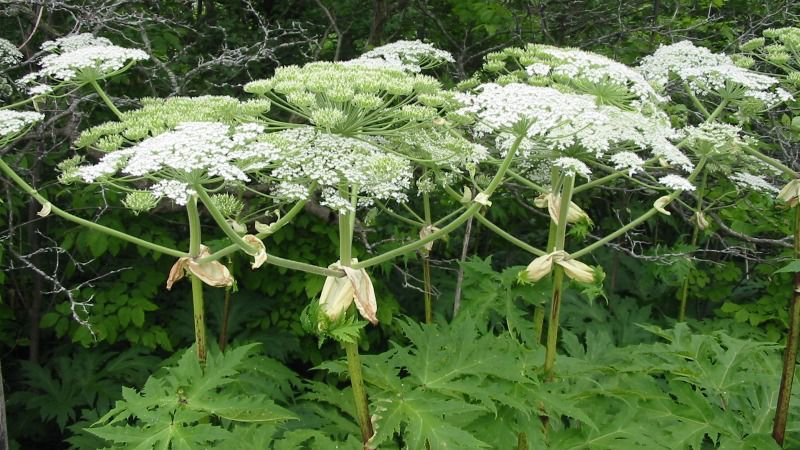
Sosnowsky's hogweed is an invasive and poisonous plant even for humans, which is not typical for the environment of Ukraine but is very actively spreading through the territory due to the destruction of other species.
"So, as a result, yes, we can really say that species extinction continues in our country and that the war accelerates this process," Oleksii Vasyliuk states.
Overpopulation of the planet.
There will not be enough resources to meet our needs
Another problem, seemingly unrelated to war, is the planet's overpopulation.
The study states that of all the biomass on Earth today, the majority is represented by livestock (59%) and humans (36%), and only about 5% of this total biomass is wild mammals, birds, reptiles, and amphibians. By 2050, the world population is likely to grow to 9.9 billion. Eventually, this will lead to a need for so many resources that our planet will be unable to meet.
"There is no way—ethically or otherwise (barring extreme and unprecedented increases in human mortality)—to avoid rising human numbers and the accompanying overconsumption. That said, instituting human rights policies to lower fertility and reining in consumption patterns could diminish the impacts of these phenomena," the article states.
How does war affect overpopulation?
The use and destruction of natural resources during military operations are much faster.
"It is important to distinguish what exactly you and I call resources," Oleksii Vasyliuk draws attention to an important nuance. "Clean water and a habitable atmosphere, which we consume, result from the activity of living organisms that reproduce these resources. We can include soil and humus here. On the other hand, there are plants and animals— for example, many types of fish, squid, etc.—that we directly consume," the scientist explained.
The leading "resource" in Ukraine in economic terms is soil. It was once famous for its fertility, and people actively used this opportunity to satisfy their needs; now, more than half of Ukraine's territories are arable land, and we are losing this resource:
"We are the most cultivated state in Europe, the second most plowed state in the world, and so in terms of soil loss, we are also the leader in Europe in terms of desertification. Not because we are in the south but because desertification is, by definition, the loss of fertile topsoil. The more cultivated land you have, the more is lost under the action of water and wind erosion. It means a loss of a resource, a resource that contains a third of the planet's carbon," Vasyliuk explains.
Unfortunately, this process has already happened in some territories. One of the examples is the Oleshky sands:
"The Oleshky sands are important to us, not because it is the largest desert in Europe, and not because it is artificial, but because by showing the Oleshky sands, we can say that there is a real problem. If we lose soil on such a scale, we will not reproduce it elsewhere in Ukraine. The Oleshky sands have not been overgrown with vegetation for 100 years," Vasyliuk gave an example.
In previous articles, we have already discussed that a generous layer of soil cannot be formed on arable land. The most fertile soils—chernozems—are formed under perennial natural vegetation. Nothing can restore the earth when someone destroys steppe vegetation to create arable land. In the same way, the war destroyed soil fertility.
Shelling on fields leaves "chemical burns" on the ground:
"An explosion is a chemical reaction where not 100% of the charge has time to react and then gets into the soil. Since the blast is spherical, 50% of the reagents immediately fall into the crater, and 50% go into the air. My colleagues and I estimated that this radius is approximately 35 meters. The mixture that ends up in those 70 meters around the explosion site, which is almost 4000 square meters, definitely contains a wide range of chemicals. Each type of ammunition has its own, and each has heavy metals. They accumulate in the environment and lead to various harmful effects, for example, mutations.
The dangerous component of this charge is sulfur. We know that sulfur, which combines with water, forms sulfuric acid. In contact with moisture on the mucous membranes, sulfur becomes sulfuric acid: in the lungs, on the eyes, on the tongue, on the sweaty body. Likewise, when sulfur enters the environment—soil and plants—and mixes with water, for example, dew, rainwater, or even fog, all the plants around it are burned.
For example, up to half a kilogram of sulfur can remain in the crater from one type of projectile, such as GRAD, which is a lot. In fact, on the same day, it will become sulfuric acid. It will burn the soil, and the tiny organisms that form and support the ground will burn in the acid.
Scorched earth doesn't mean that there is fire, smoke, and charred corpses; it is optional. We can interpret this metaphor completely differently: it is acid-burnt earth. Everything that lives in the soil, plants, and seeds, roots will burn in the acid," Vasyliuk concluded.
Global warming
Civilization has already exceeded global warming by ~1.0°C compared to pre-industrial conditions and is on track to cause at least 1.5°C of warming between 2030 and 2052.
The melting of permafrost and the release of stored methane will continue to increase greenhouse gas concentrations, further delaying the response to temperature decline, even if humanity stops using fossil fuels by 2030.
How does war affect it?
Methane emissions contribute to climate change, but we also have large amounts of anthropogenic gases, the most significant of which are emitted from fossil fuel burning and industry. In the conditions of war, harmful emissions entering the air increase several times.
For example, during fires that regularly occur in cities, industrial facilities, and chemical plants due to enemy shelling, a large amount of organic matter, black carbon, and, of course, carbon dioxide and nitrogen dioxide enter the air. The last two are the same greenhouse gases that are so harmful to the planet and significantly accelerate global warming.
Forest fires also accelerate this process. Ukrainian Nature Conservation Group estimates that the fire destroyed 36,154 hectares of forests and 10,250 hectares of grassy ecosystems. In total, the fire covered more than 100,000 hectares. It is difficult to imagine how much it is. Approximately the same area is occupied by Kyiv, Brovary, Boryspil, and Irpin within their administrative borders. These are not complete numbers because foresters only voice what they have confirmed with their walking tours.
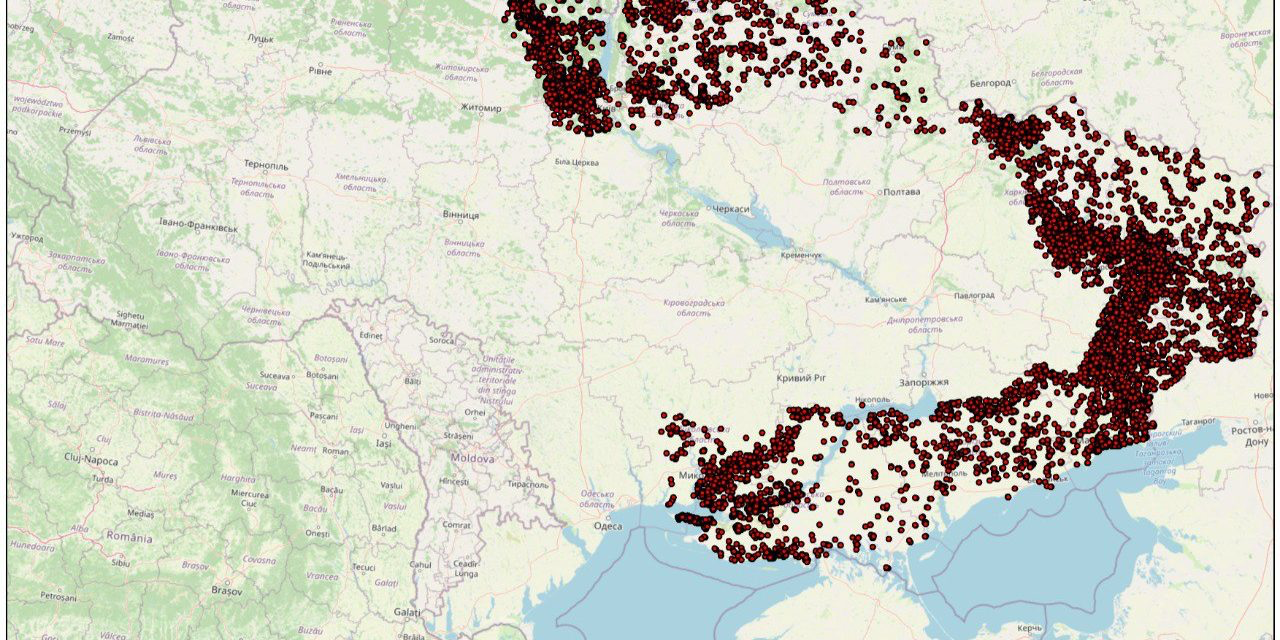
Recorded fires. Ukrainian Nature Conservation Group analyzed the data recorded by NASA satellites on natural and agricultural areas in the zone where a full-scale attack by the invaders took place or is taking place and in the range of the most massive artillery, including the territories that have already been liberated. The source is at the link.
What is the solution?
"Yet, our goal is not to present a fatalist perspective because there are many examples of successful interventions to prevent extinctions, restore ecosystems, and encourage more sustainable economic activity at both local and regional scales," the scientists note in the conclusion to the article.
Scientists advise stimulating the development of organizations that care for the environment and offer the following solutions:
- Abolishing permanent economic growth
- Proper pricing
- A rapid shift away from fossil fuel use
- Strict regulation of markets and acquisition of property
- Empowerment of women
They also urge other scientists not to be indifferent:
"It is therefore incumbent on experts in any discipline that deals with the future of the biosphere and human well-being to eschew reticence, avoid sugar-coating the overwhelming challenges ahead and 'tell it like it is.' Anything else is misleading at best, or negligent and potentially lethal for the human enterprise at worst."

russia uses banned phosphorus bombs in Ukraine: what will happen to the environment?

Shelling and fires in cities: what are the consequences for the city environment and how to deal with them?

Munitions and chemicals: How does war damage soils, and what are the solutions?



